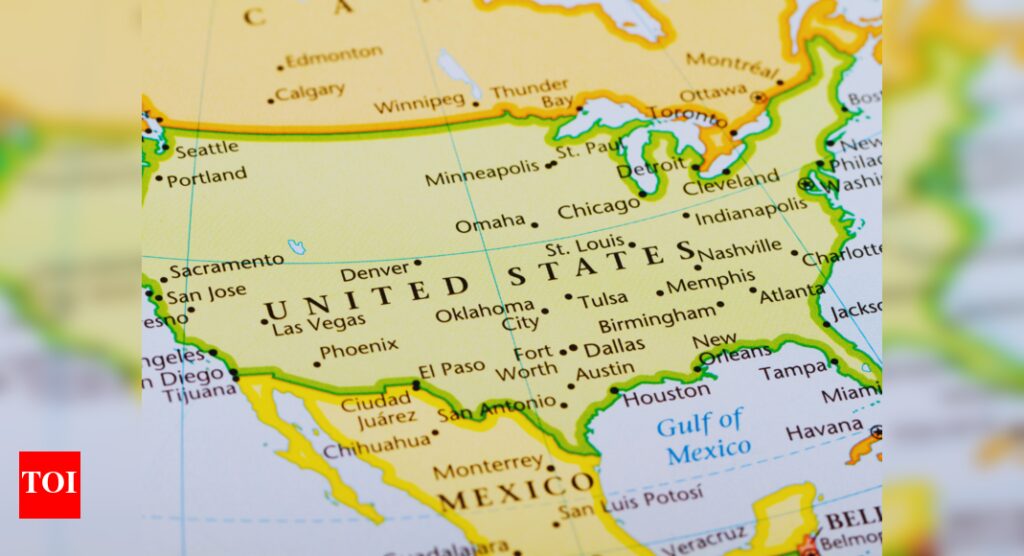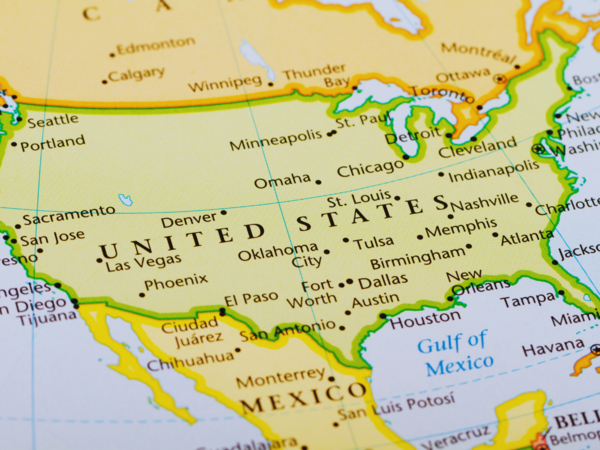US: Donald Trump’s travel ban on 12 countries kicks in; who’s barred and what to know |

What the ban does
Full entry ban for 12 countries
Nationals from the following countries are now barred entirely from entering the US and are ineligible for both immigrant and non-immigrant visas:
- Afghanistan
- Myanmar (Burma)
- Chad
- Republic of the Congo
- Equatorial Guinea
- Eritrea
- Haiti
- Iran
- Libya
- Somalia
- Sudan
- Yemen
Partial restrictions for 7 countries
Citizens of Burundi, Cuba, Laos, Sierra Leone, Togo, Turkmenistan, and Venezuela face partial restrictions on certain visa types—namely tourist, student, and exchange visas. Other visa categories may still be issued, albeit with potentially reduced validity periods.

Why it was issued
The administration positions the proclamation as a response to national security weaknesses, including:Inadequate vetting infrastructure—the targeted nations reportedly lack robust passport screening, immigration data-sharing, and cooperation with US enforcement.High visa overstay rates—a factor highlighted as increasing security risks.Terror-linked incidents—Trump specifically cited an attack in Boulder, Colorado, by an visa-overstaying Egyptian national (Egypt not on the ban) as justification.Read more: 6 offbeat beaches in India for a crowd-free dip
Who is exempt
Certain categories are explicitly exempted from the ban:Individuals already in the US with valid visasLawful permanent residentsDual nationals (using passports from nonbanned countries)Diplomats and official visa holdersSpecific exceptions like athletes, teachers, and researchers (e.g., those heading to the 2026 FIFA World Cup or the 2028 Olympics)Afghan nationals with Special Immigrant Visas (for translators and embassy staff) are also exempted.Critics argue that this ban is draconian and discriminatory. They characterise it as a renewed version of a divisive policy that has prompted protests and opposition from lawmakers, rights groups, and several countries. Supporters claim it’s a necessary step to safeguard national security and protect American citizens.Read more: 7 incredible hill stations in South India that can rival Himachal’s charmWhile nationals from the 12 fully banned countries are barred entry, those from the partially restricted seven can still apply for certain types of visas. Existing visa-holders, along with green-card holders and other exempt individuals, aren’t impacted. Embassies have been instructed not to revoke current visas but to deny pending applications unless they qualify for exemptions.The ban has raised concerns that it could disrupt refugee processing, deeply affect families seeking reunification, and complicate academic and humanitarian exchanges.Legal challenges are expected, echoing prior litigation over similar policies. Meanwhile, the administration says the list of affected countries is dynamic—subject to future amendments based on improvements in vetting systems or shifting threat assessments.







